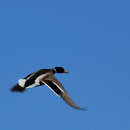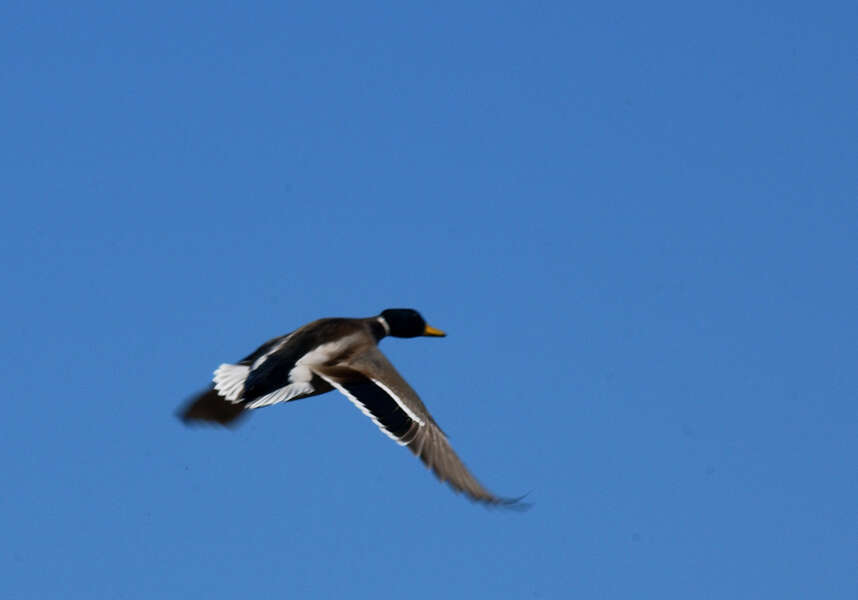en
names in breadcrumbs



Anas platyrhynchos (Common Mallard) is a species of birds in the family Anatidae. They are associated with freshwater habitat. They are native to Oman, Canada, Yemen, Austria, Ethiopia, Algeria, Northern Mariana Islands, Netherlands Antilles, South Georgia And The South Sandwich Islands, Oceania continent (Australia, NZ and islands), The Bahamas, China, Nicaragua, Qatar, Germany, Switzerland, Jordan, Macedonia, San Marino, Trinidad And Tobago, Iraq, Czech Republic, Nepal, Aruba, Libya, Taiwan, Bahrain, Haiti, Hungary, Colombia, Panama, Afghanistan, Norway, The Neotropics, United Kingdom, Falkland Islands, Estonia, Luxembourg, Mongolia, Uzbekistan, Myanmar, Turks And Caicos Islands, Spain, Belgium, Tunisia, Morocco, France, Cuba, Russia, Bermuda, Bangladesh, Ireland, the Palearctic, Japan, Montenegro, Vietnam, Kyrgyzstan, Andorra, Finland, Malta, Greenland, Azerbaijan, Slovakia, Cyprus, Honduras, United States, The Philippines, Ukraine, Costa Rica, Israel, Guam, Sudan, Turkey, Greece, Guatemala, The Netherlands, Asia, Denmark, Hong Kong, Armenia, Faroe Islands, Lithuania, India, Puerto Rico, Georgia, Belize, Saint-Pierre Et Miquelon, Poland, Sweden, Latvia, Kazakhstan, Kenya, Romania, Pakistan, United Arab Emirates, Slovenia, Liechtenstein, South Korea, Serbia, Iceland, Iran, Turkmenistan, Saudi Arabia, Bosnia & Herzegovina, Albania, North Korea, The Nearctic, Lebanon, Kuwait, Egypt, Portugal, Somalia, Tajikistan, Eritrea, Moldova, Bulgaria, Malaysia, Syria, Bhutan, Italy, Mexico, Belarus, Croatia, and Mauritania. They are diurnal omnivores. Individuals can grow to 98 cm. They have parental care (female provides care). They rely on flight and drag powered swimming to move around.
EOL has data for 61 attributes, including: